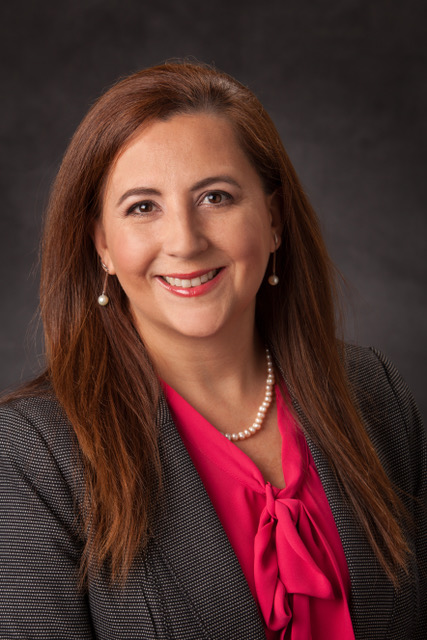Three University of Southern Indiana Women’s Basketball players have earned Great Lakes Valley Conference post-season honors in a release sent out by the league office Wednesday afternoon.
Senior guard Ashley Johnson earned first-team All-GLVC honors, while junior guard Emma DeHart collected second-team All-Conference accolades. Freshman forward Hannah Haithcockrounded out the Eagles’ honorees as she was named to the GLVC All-Freshman team.
Johnson, who is earning All-GLVC honors for the first time in her career, led the Eagles with 13.6 points, 3.9 assists and 2.3 steals per game during the regular season. She racked up 19 double-digits scoring efforts during the regular-season, including a team-high five performances of 20 or more points.
Heading into the GLVC Tournament, Johnson ranks in the top 15 of five GLVC statistical categories, including assists (5th), steals (5th) and scoring (15th).
DeHart also is collecting All-GLVC honors for the first time in her career after averaging 11.2 points, 3.5 rebounds and 1.6 assists per appearance during the regular season. DeHart, who ranks 27th in the GLVC in scoring, racked up 17 double-figure scoring efforts during the regular season, including a career-high 21 points in USI’s road win over William Jewell College.
Haithcock becomes the first USI Women’s Basketball player since Jessica Stuckman in 2000-01 to earn a non-academic GLVC post-season award. The Washington Courthouse, Ohio, native averaged 10.9 points and 4.9 rebounds per game during the regular season. She racked up 16 double-digit scoring performances and one double-double, including a career-high 21 points in USI’s Homecoming win over the University of Missouri-St. Louis.
USI (18-8, 14-6 GLVC) opens the GLVC Tournament Thursday at noon when it takes on rival Bellarmine University. The Eagles are the No. 2 seed, while the Knights enter as the No. 7 seed.
2019-20 ALL-GLVC Women’s Basketball Post-Season Awards
GLVC Player of the Year: Hailey Diestelkamp, Sr., G/F, Drury
GLVC Defensive Player of the Year: Daejah Bernard, Sr., PG, Drury
GLVC Freshman of the Year: Hannah Belanger, G, Truman State
GLVC Chuck Mallender Coach of the Year:Â Molly Miller, Drury
First-Team All-GLVC
Breia Torrens, Jr., G, BU
HAILEY DIESTELKAMP, Sr., F, DU
Paige Robinson, So., G, DU
Laura Thomas, Sr., G, UINDY
RACHEL HINDERS, Sr., PF, LEWIS
KALLIE BILDNER, Sr., F, LWU
MARY BARTON, Sr., G, MU
Ashley Johnson, Sr., PG, USI
Sloane Totta, Sr., G, TSU
Katie Jaseckas, Jr., C, TSU
*UNANIMOUS SELECTIONS IN ALL CAPS
Second Team All-GLVC
Daejah Bernard, Sr., PG, DU
Kaitlyn Williams, Jr., G, LEWIS
Lindsay Medlen, Sr., G, LWU
Devin Fuhring, So., G, LWU
Jordan Heberg, Sr., G, MCK
Alex LaPorta, Jr., F, UMSL
Madeline Ronshausen, Sr., G, RU
Emma DeHart, Jr., G, USI
Bailey Rezabek, Sr., G, SBU
Kiara Bradley, Jr., G, WJC
Third Team All-GLVC
Tasia Jeffries, Jr., G, BU
Lauren Holmes, Jr., G, DU
Lauren Ladowski, So., G, UIS
McKenzy Telfair, Jr., G/F, UINDY
Abby Monis, Sr., C, MU
Jayda Jansen, So., G, MU
Laura Szorenyi, R-Sr., G, UMSL
Mykala Baylor, Sr., C, S&T
Kyleigh Vaught, Jr., PG, SBU
Hannah Belanger, Fr., G, TSU
GLVC All-Freshmen Team
Malea Jackson, G, UIS
Paige Pendley, G, RU
Hannah Haithcock, F, USI
Hannah Belanger, G, TSU
Ainsley Tolson, G, WJC







